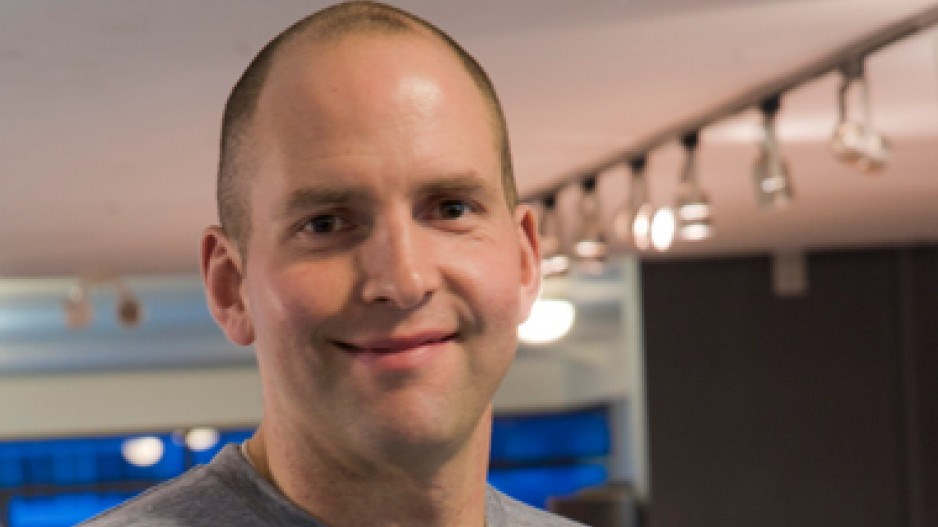Business in Vancouver's "How I Did It" feature asks business leaders to explain in their own words how they achieved a business goal in the face of significant entrepreneurial challenges. In this week's issue, Studêo55 owner Nathan Mellalieu talks about retooling his business model after the personal training company was forced to move from its original location.
"About three or four years ago, our previous landlord came up to us and said 'Hey, we're going to redevelop your space.'
"It was like the weight of the world had just been dropped on me. I thought, I'm going to have to rebuild the space and it's going to cost a lot of money, time and energy.
"We started looking at where to move and we figured, 'Oh my goodness, we aren't going to be able to afford to move anywhere.'
"We were a personal training studio. Over 95% of our revenue was based on private services, which is volatile, time- consuming and 'constant nurture,' meaning every time money comes through that door it's attached to one of our employees, and we needed to manage that relationship all the time. Our average price point per member was extremely high, which made our potential customer base very limited because it was only for those who could afford $1,000 a month in personal training.
"We needed to change our business plan a lot, but as we were reinventing ourselves, the economic crash happened. Throughout that entire period everybody in the luxury sector, also called the 'discretionary spending' sector, saw the effects of the economy, because people were re-evaluating how they spend their money.
"The blessing was that we had already started redefining our business model.
"We created a fusion of trying to maintain and preserve our entire personal training business but also by selling a limited number of memberships to about 250 members. On a business level, it allowed us to bring in recurring, predictable revenue out of almost the same overhead.
"Because we introduced a membership, it allowed us to market to more people.
"We wanted to step forward and create a world-class experience, and this allowed us to do that. The last club wouldn't have. The new club is younger in feel. It's progressive in design, which attracted a new customer for us. We landed some good corporate accounts with the excitement of the new club.
"All these things, I can see as blessings, and I can see as part of learning lessons on a much longer journey.
"I think this was an opportunity for us to really look at what we're doing, how we're doing it, how we build our clubs and how we service our members and redefine ourselves. Whenever a big change like that comes along, it really gives businesses the opportunity to change a lot of things at the same time. So that's what we did." •




